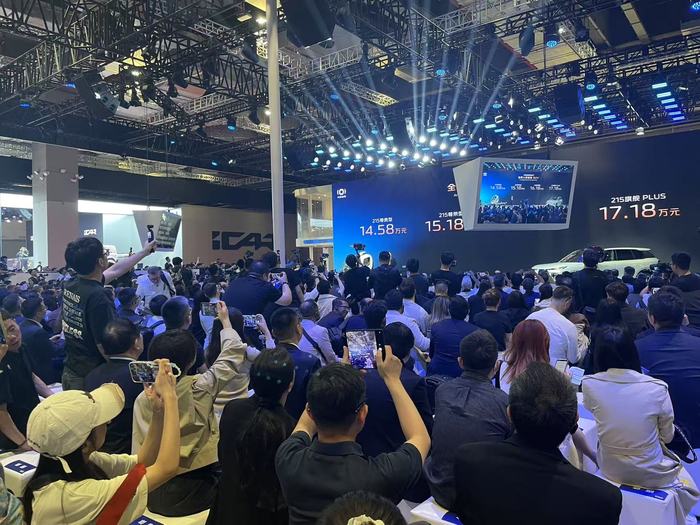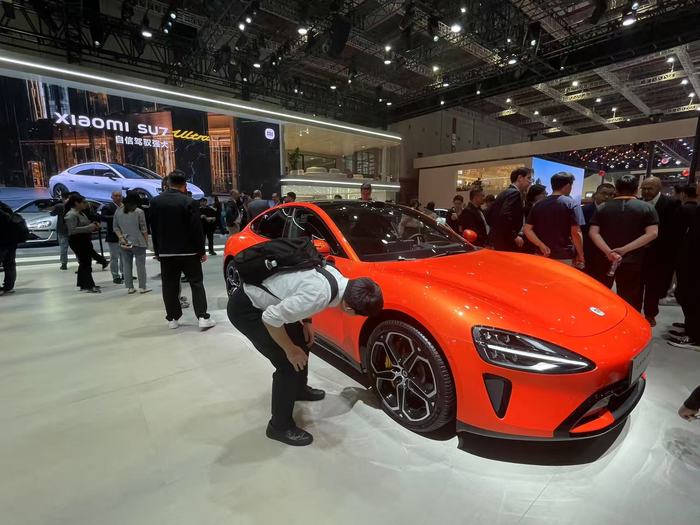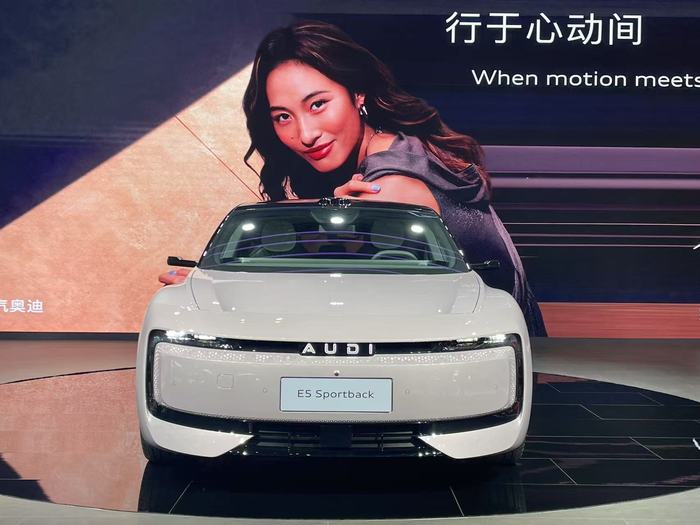Auto Shanghai 2025 has reaffirmed China's central role in the global auto industry, drawing a diverse array of international visitors to its exhibition halls.

Photo by Zhou Shuqi
by Zhou Shuqi
Compared with two years ago, when Chinese carmakers were still finding their footing with overseas audiences, this year they arrived well prepared. Domestic brands used Auto Shanghai as a key platform for global expansion.
Xpeng CEO He Xiaopeng even took foreign language lessons to prepare for the company’s global dealer summit. The EV maker invited distributors from over 40 countries and regions to boost overseas sales.
Changan Automobile gathered more than 500 partners from over 60 markets, presenting its globalization strategy with bilingual materials and simultaneous interpretation. On opening day, over half the attendees at its booth were from abroad.
Despite rising tariffs, international buyers turned out in greater numbers. Foreign attendees examined models closely, and conversations in German, French, English and Spanish were common between booths.
One industry consultant noted that Shanghai has emerged as one of the world’s most dynamic and influential auto shows. As Frankfurt declines and Detroit becomes more regional, Shanghai is increasingly seen as a launchpad for global innovation.

Since its inception, the show has expanded from 10,000 to 360,000 square meters, with exhibitors rising from 328 to nearly 1,000 and participating countries increasing from 22 to 26. The 2025 edition hosted a record 193 press conferences.
These numbers reflect a broader shift: China has led global auto production and sales for 16 years, and EV production for 10. Its domestic brands now lead in electrification, smart technology, and internet-integrated vehicles.
Executives and engineers from global automakers visited Chinese premium EV booths such as Zeekr and Nio to assess offerings and technologies. Many, including representatives from major European firms, engaged with domestic brands—often with translators assisting at booths like Xiaomi and Aito.

Even without exhibiting, some international firms sent teams to observe the show and assess emerging technologies. A source from Kia said Hyundai Motor dispatched around 1,000 engineers to benchmark developments across the venue—an effort that reflects the broader shift in global industry attention. Just a few years ago, it was uncommon for foreign executives to visit China to study local strengths in areas like batteries and software. Today, such visits have become a strategic priority.
Global dealers are also taking interest. A German distributor at Xpeng noted that while Chinese EVs still trail in European sales, their tech-forward designs offer strong long-term potential.
At the Avatr booth, visitor interest was high, with staff occasionally stretched by the volume of inquiries. A representative from Avatr said the show helps streamline international outreach. Instead of visiting each market individually, the company meets multiple partners in one venue. It plans to expand to 50 markets this year, targeting 15,000 overseas sales.

While Chinese firms look outward, foreign automakers are deepening their local presence. Several executives spoke Mandarin during presentations, outlining their "in China, for China" strategy and unveiling models developed by local teams.
According to Roland Berger global partner Wu Zhao, global brands are working to make up for missing earlier transitions to EVs. While local product development is a start, long-term success will depend on competitive pricing and after-sales service.
Wu added that despite U.S. protectionism, the size and seniority of foreign delegations this year signal a continued deepening of trade ties between China and global markets.